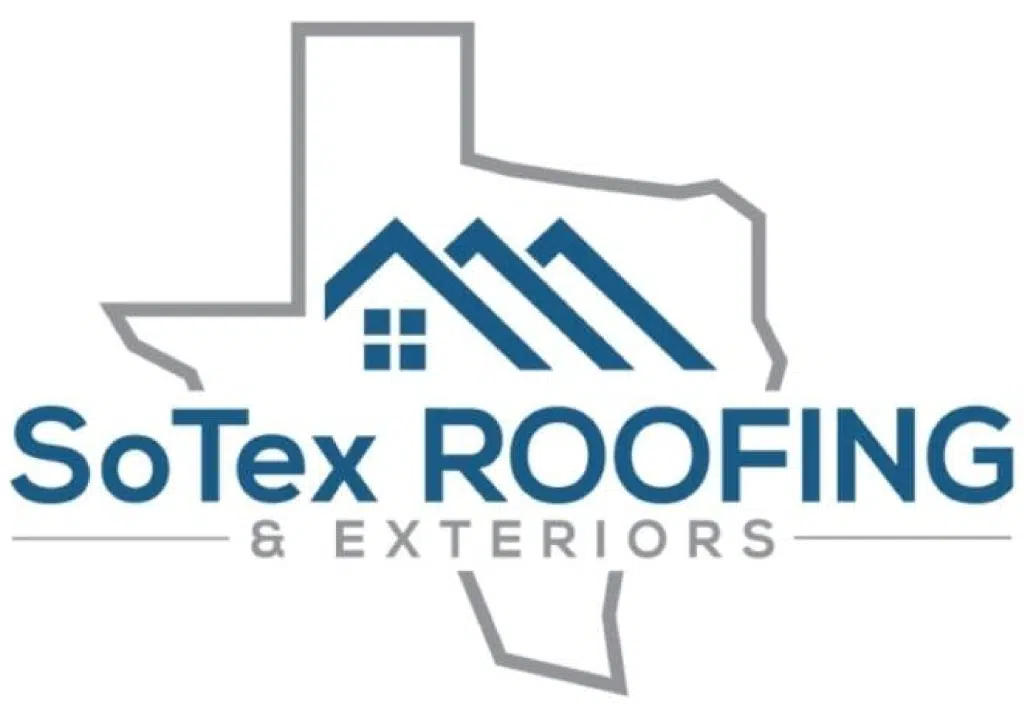When severe weather rolls through San Antonio, your home’s first line of defense takes the brunt of nature’s fury. Conducting a storm damage assessment is crucial to protecting your property and ensuring you receive fair compensation from your insurance company. This comprehensive guide will walk you through the process of evaluating your roof after severe weather, recognizing different types of damage, and taking the appropriate next steps to restore your home’s protection.
Understanding Texas Storm Patterns and Their Impact
San Antonio’s weather can change dramatically throughout the year, bringing threats from various types of storms. Spring and summer often usher in thunderstorms with high winds, hail, and heavy rain, while hurricane season can sometimes bring remnants of coastal storms with sustained winds and torrential downpours. Even in winter, sudden temperature changes can create conditions for damaging storms. Each weather event creates distinct patterns of roof damage that require specific storm damage assessment techniques. Hail typically leaves circular impact marks, while wind may lift or remove shingles entirely. Heavy rain can expose existing vulnerabilities, and flying debris might puncture or tear roofing materials. Understanding these different patterns is essential for accurately documenting damage for insurance purposes and determining the appropriate repairs.
When to Conduct a Storm Damage Assessment
Timing is critical when it comes to evaluating your roof after severe weather. Ideally, a storm damage assessment should be performed as soon as possible after the weather clears, but always prioritize safety. Wait until authorities have declared it safe to be outdoors, and never attempt to inspect your roof during lightning, high winds, or other dangerous conditions. Most insurance policies have time limitations for filing claims, typically requiring notification within 30 days of the damage occurring, though some may specify shorter periods. The longer you wait to assess and document storm damage, the more difficult it becomes to prove that the issues were storm-related rather than due to normal wear and tear. Additionally, unaddressed damage can worsen over time, leading to more extensive and expensive repairs. If you’re unable to safely conduct an assessment yourself, contact a professional roofing company like SoTex Roofing and Exteriors for a thorough inspection.
Signs of Storm Damage From Ground Level
A preliminary storm damage assessment can begin without climbing onto your roof. From ground level, scan your property for obvious signs of trouble such as shingles, metal flashing, or other roofing materials that may have blown into your yard. Check your gutters and downspouts for granules from asphalt shingles, which look like coarse, dark sand. An excessive amount of these granules indicates that your shingles are deteriorating. Next, examine the perimeter of your home for water stains on exterior walls, which might suggest roof leaks. If you have a pair of binoculars, use them to inspect your roof from a distance, looking for missing, cracked, or curled shingles, damaged flashing around chimneys and vents, or dented metal components. Inside your home, check your ceilings for new water stains, peeling paint, or damp spots in the attic, which are telltale signs that your roof has been compromised. While these observations provide valuable information, they should be followed by a more comprehensive storm damage assessment from a qualified professional.
Professional Storm Damage Assessment: What to Expect
When you call SoTex Roofing and Exteriors for a professional storm damage assessment, our experienced inspectors arrive with the specialized tools and knowledge needed to thoroughly evaluate your roof’s condition. Our inspection process begins with a comprehensive exterior examination, where we identify visible damage to shingles, flashing, vents, chimneys, and gutters. We document all findings with detailed photographs, measurements, and notes. Next, we conduct an interior inspection, checking your attic for signs of water intrusion, examining rafters and decking for moisture or damage, and noting any ceiling stains or other interior indications of roof failure. Our storm damage assessment goes beyond the obvious, identifying subtle signs of impact or stress that might lead to future problems if left unaddressed. After completing the inspection, we provide you with a detailed report outlining our findings, recommended repairs, and an estimate of costs. We also explain how the damage might affect your roof’s performance and longevity if not properly repaired. If insurance coverage applies, we help you understand what documentation will be needed for your claim.
Common Types of Storm Damage to San Antonio Roofs
Different weather events create distinct patterns of damage that an experienced eye can recognize during a storm damage assessment. Hail damage typically appears as random, circular impacts that may not be immediately visible on newer roofs but can compromise the shingle’s protective layer, leading to premature aging and failure. Wind damage often manifests as lifted, creased, or missing shingles, particularly along edges and ridgelines where wind pressure is greatest. During heavy rains, existing small leaks or vulnerabilities can suddenly become major problems as water finds its way through even minor defects in your roofing system. Falling trees and flying debris create punctures and tears that require immediate attention to prevent water intrusion. Lightning strikes, though rare, can cause devastating damage, including fires or structural splitting. Each type of damage requires specific repair approaches, which is why accurate storm damage assessment is essential for developing an effective restoration plan. At SoTex Roofing and Exteriors, our inspectors are trained to recognize these distinct patterns and recommend appropriate solutions based on the specific challenges your roof has encountered.
Documenting Storm Damage for Insurance Claims
One of the most valuable aspects of a professional storm damage assessment is the thorough documentation it provides for insurance purposes. When filing a claim, detailed evidence is your strongest ally. During our inspection, we capture date-stamped photographs of all damage, create diagrams showing the extent and location of affected areas, and prepare written descriptions that use industry-standard terminology that insurance adjusters recognize. We also preserve samples of damaged materials when appropriate. This comprehensive documentation significantly increases your chances of receiving fair compensation from your insurance company. When working with your insurer, be prepared to provide the date of the storm, a detailed description of the weather event, and any emergency measures you’ve taken to prevent further damage. Keep copies of all correspondence, take notes during conversations with adjusters, and maintain organized records of all related expenses. Many San Antonio homeowners find it helpful to have a representative from SoTex Roofing and Exteriors present during the insurance adjuster’s visit to ensure all damage is properly acknowledged and evaluated.
Selecting the Right Restoration Partner
Choosing the right contractor to repair your storm-damaged roof is crucial for ensuring quality workmanship and a smooth restoration process. Unfortunately, severe weather events often attract unscrupulous operators who prey on homeowners in distress. These “storm chasers” typically appear shortly after widespread damage occurs, offering quick repairs but delivering substandard work before disappearing. To protect yourself, look for a local company with an established reputation in the San Antonio area. Check for proper licensing, insurance, and manufacturer certifications. Ask for references from recent storm damage repair projects, and verify the company’s standing with the Better Business Bureau. Experience with insurance claims is another important qualification, as navigating the claim process requires specific expertise. At SoTex Roofing and Exteriors, we’ve been serving the San Antonio community through countless storm seasons, providing thorough storm damage assessment, quality repairs, and support throughout the insurance claim process. Our team members live in the communities we serve, ensuring we’ll be here long after the repairs are completed to stand behind our work.
Conclusion
When storms strike San Antonio, prompt and thorough storm damage assessment is your first step toward restoring your home’s protection and security. By understanding what to look for, documenting damage properly, and working with experienced professionals, you can navigate the recovery process with confidence. At SoTex Roofing and Exteriors, we’re committed to helping our neighbors through every stage of storm recovery, from initial assessment to completed repairs. If your home has recently weathered a severe storm, contact us for a comprehensive storm damage assessment that will identify all issues, help you understand your repair options, and support your insurance claim. Our experienced team is ready to restore your roof and your peace of mind.




Recent Comments